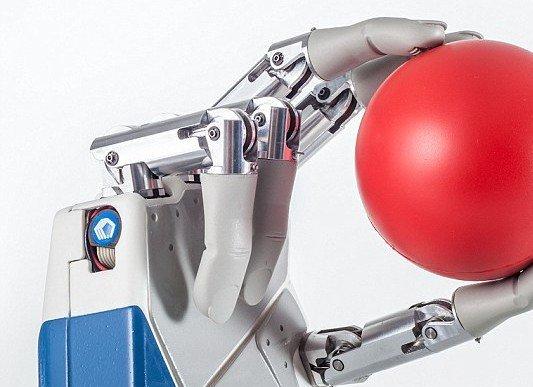Title: Exploring the Realm of Bionic Programming
In the everevolving landscape of technology, the convergence of biology and programming has birthed a fascinating field known as Bionic Programming. This interdisciplinary domain integrates principles from biology, computer science, and engineering to create innovative solutions that mimic biological systems. Let's delve into the world of Bionic Programming, exploring its principles, applications, and future prospects.
Understanding Bionic Programming
Bionic Programming involves the development of algorithms and software inspired by biological processes. It draws heavily from the principles of biomimicry, where natural systems serve as models for technological advancement. By emulating the efficiency and adaptability found in nature, Bionic Programming aims to design intelligent systems capable of solving complex problems.
Key Concepts and Techniques
1.
Neural Networks
: Inspired by the structure of the human brain, neural networks form the backbone of many bionic systems. These interconnected nodes simulate the behavior of neurons, enabling machines to learn from data, recognize patterns, and make decisions.
2.
Genetic Algorithms
: Borrowing from evolutionary biology, genetic algorithms mimic natural selection to optimize solutions to complex problems. By iteratively improving candidate solutions through mutation and selection, these algorithms can find optimal solutions in diverse domains.
3.
Swarm Intelligence
: Drawing inspiration from the collective behavior of organisms like ants and bees, swarm intelligence algorithms coordinate the actions of multiple agents to achieve a common goal. These algorithms are particularly useful for tasks such as optimization, routing, and decisionmaking in dynamic environments.
4.
Bioinformatics
: Bioinformatics techniques leverage biological data to solve computational problems, such as sequence alignment, protein structure prediction, and drug discovery. By integrating biological knowledge with computational tools, researchers can unravel the mysteries of life and develop novel therapies.
Applications of Bionic Programming
1.
Medical Diagnosis and Treatment
: Bionic systems can analyze medical data, such as imaging scans and patient records, to assist healthcare professionals in diagnosing diseases and planning treatment strategies. By leveraging machine learning algorithms, these systems can detect patterns indicative of various medical conditions with high accuracy.
2.
Robotics and Prosthetics
: Bionic programming plays a crucial role in the development of advanced robotics and prosthetic devices. By incorporating neural networks and biomechanical principles, researchers can create robots and prosthetics that mimic human movements and respond to environmental stimuli in realtime.
3.
Environmental Monitoring and Conservation
: Bionic systems can monitor environmental parameters, such as air and water quality, biodiversity, and climate change indicators, to support conservation efforts. By emulating the behavior of natural ecosystems, these systems can optimize resource allocation and mitigate environmental degradation.
4.
Cybersecurity
: Inspired by the immune system's ability to detect and neutralize pathogens, bionic cybersecurity systems can defend against cyber threats in realtime. These systems employ anomaly detection algorithms and adaptive response mechanisms to identify and mitigate security breaches before they cause significant harm.
Future Directions
The field of Bionic Programming holds immense potential for driving technological innovation and addressing pressing global challenges. As researchers continue to unravel the mysteries of biology and refine computational techniques, we can expect to see even more groundbreaking applications emerge in the coming years.
1.
BioInspired Computing
: Future advancements in bionic programming may lead to the development of novel computing paradigms, such as quantum computing and DNA computing, inspired by biological processes. These computing systems could revolutionize fields ranging from cryptography to drug discovery.
2.
HumanMachine Integration
: With the advent of braincomputer interfaces and neuroprosthetic devices, the boundary between humans and machines is becoming increasingly blurred. Bionic programming will play a pivotal role in enabling seamless integration between biological and artificial systems, opening up new possibilities for enhancing human capabilities.

3.
Ethical and Societal Implications
: As bionic technologies become more prevalent, it is essential to address ethical considerations surrounding privacy, autonomy, and equity. By fostering interdisciplinary dialogue and incorporating diverse perspectives, we can ensure that bionic programming advances the common good while minimizing potential risks and unintended consequences.
In conclusion, Bionic Programming represents a fascinating intersection of biology and technology, offering innovative solutions to complex problems across various domains. By harnessing the power of natureinspired algorithms and computational techniques, researchers can unlock new frontiers in science, medicine, and beyond. As we continue to explore this exciting field, the possibilities are truly limitless.
This HTML document provides a comprehensive overview of Bionic Programming, covering its principles, applications, and future prospects. From medical diagnosis to environmental monitoring, the integration of biology and programming offers transformative solutions to some of the most pressing challenges facing society today.
文章已关闭评论!
